GIVE NOW before 2025 ends—your gift will be doubled to help children in need. Click here to 2x your impact!
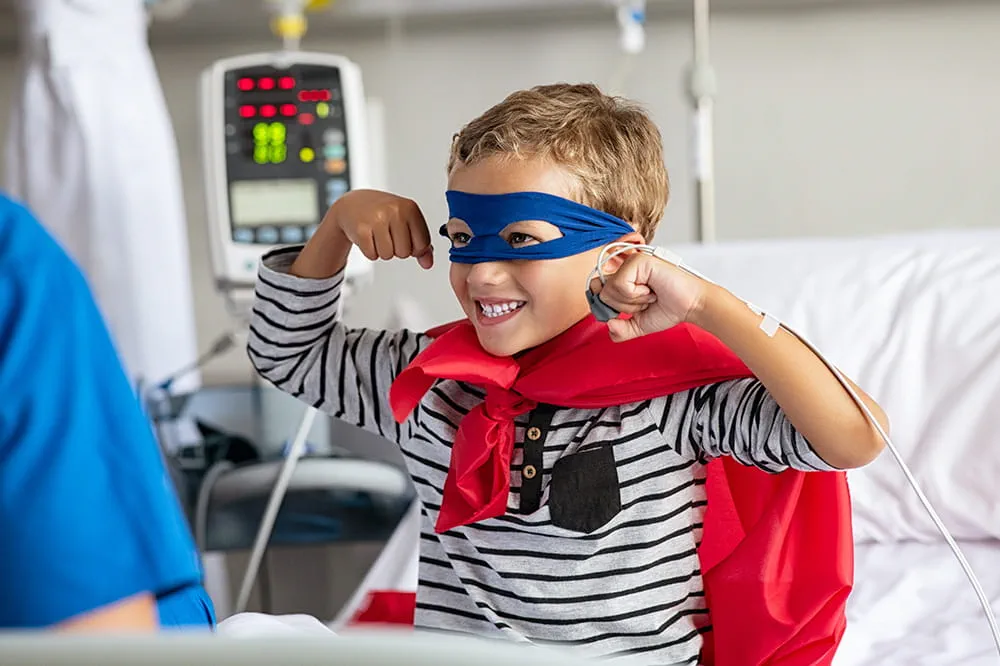
Ranked nationally in pediatric care.
Arkansas Children's provides right-sized care for your child. U.S. News & World Report has ranked Arkansas Children's in seven specialties for 2025-2026.
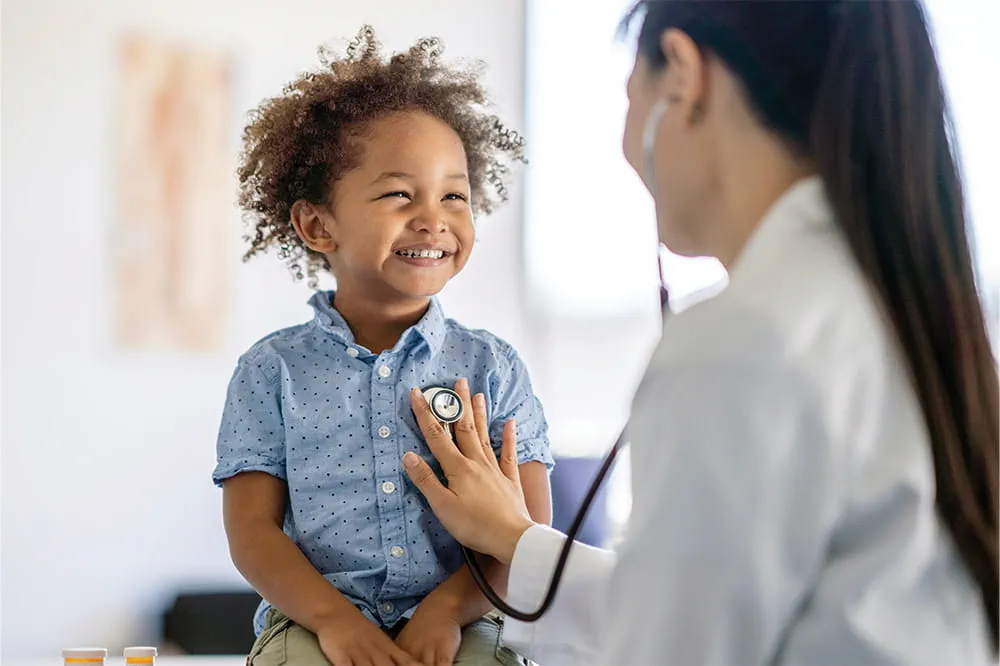
It's easier than ever to sign up for MyChart.
Sign up online to quickly and easily manage your child's medical information and connect with us whenever you need.
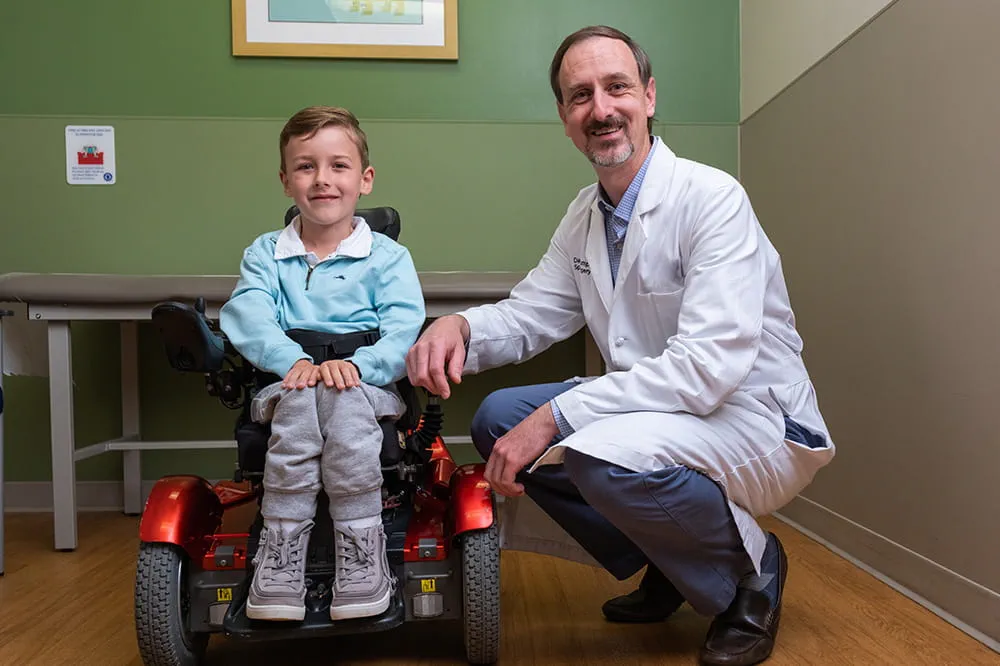
We're focused on improving child health through exceptional patient care, groundbreaking research, continuing education, and outreach and prevention.

When it comes to your child, every emergency is a big deal.
Our ERs are staffed 24/7 with doctors, nurses and staff who know kids best – all trained to deliver right-sized care for your child in a safe environment.

Arkansas Children's provides right-sized care for your child. U.S. News & World Report has ranked Arkansas Children's in seven specialties for 2025-2026.

Looking for resources for your family?
Find health tips, patient stories, and news you can use to champion children.

Support from the comfort of your home.
Our flu resources and education information help parents and families provide effective care at home.

Children are at the center of everything we do.
We are dedicated to caring for children, allowing us to uniquely shape the landscape of pediatric care in Arkansas.
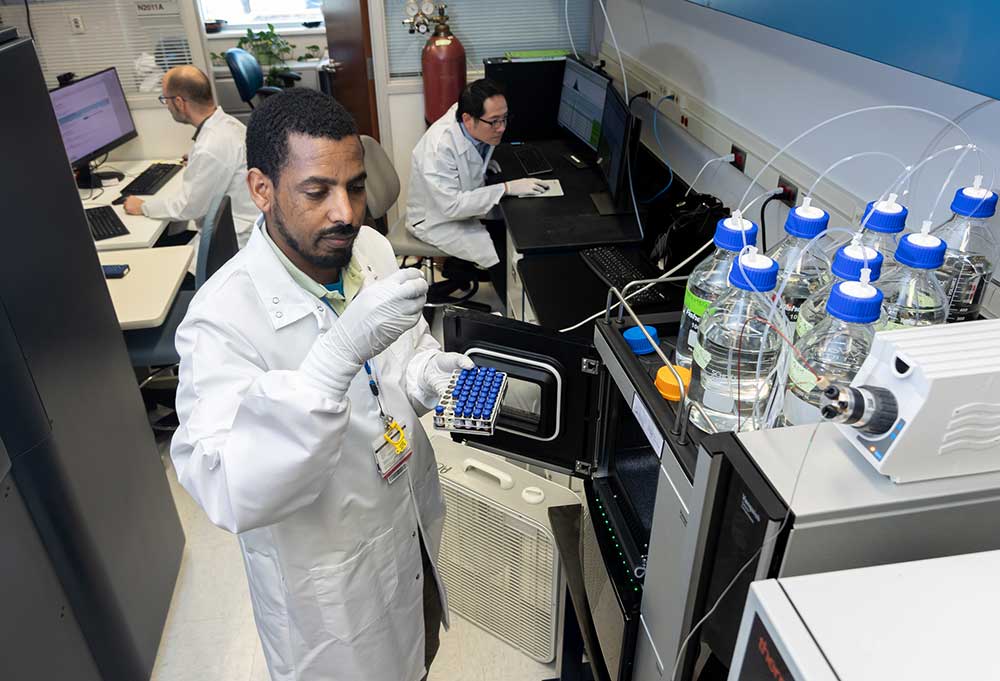
Transforming discovery to care.
Our researchers are driven by their limitless curiosity to discover new and better ways to make these children better today and healthier tomorrow.

We're focused on improving child health through exceptional patient care, groundbreaking research, continuing education, and outreach and prevention.
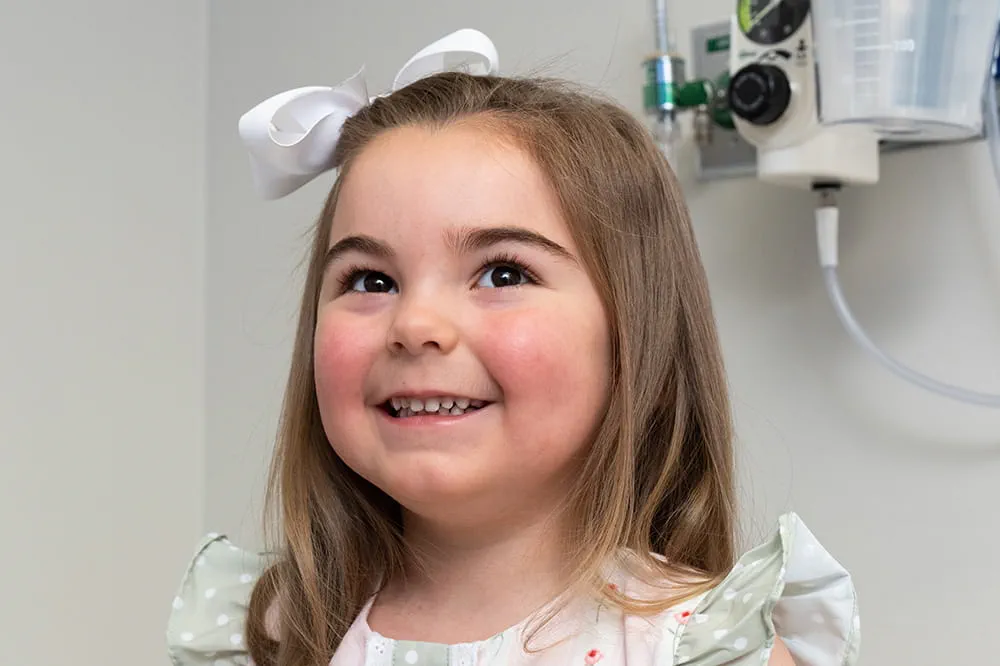
Then we're looking for you! Work at a place where you can change lives...including your own.
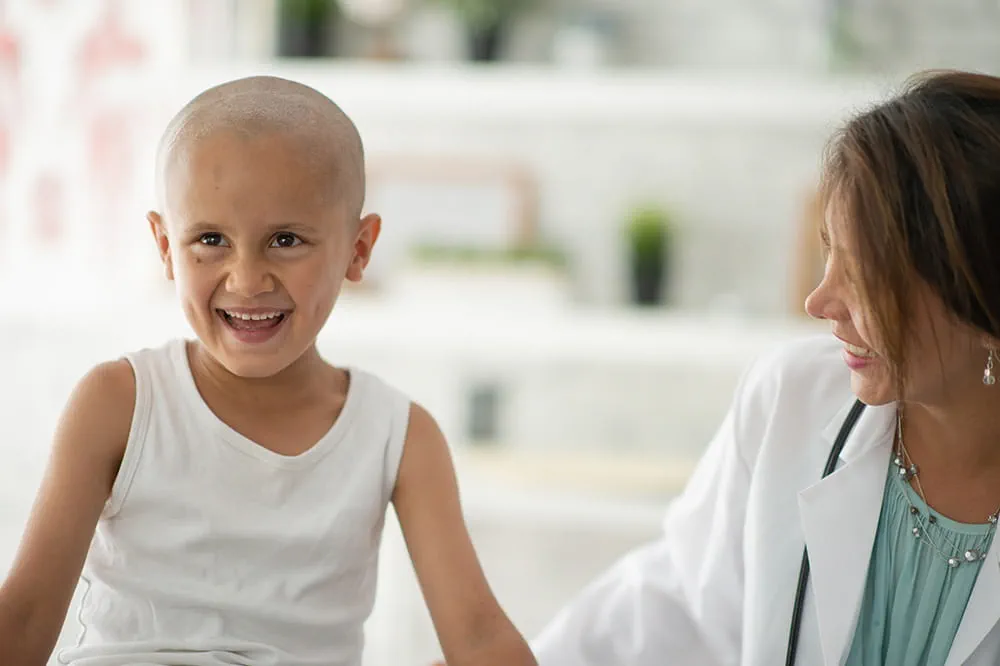
When you give to Arkansas Children's, you help deliver on our promise of a better today and a healthier tomorrow for the children of Arkansas and beyond
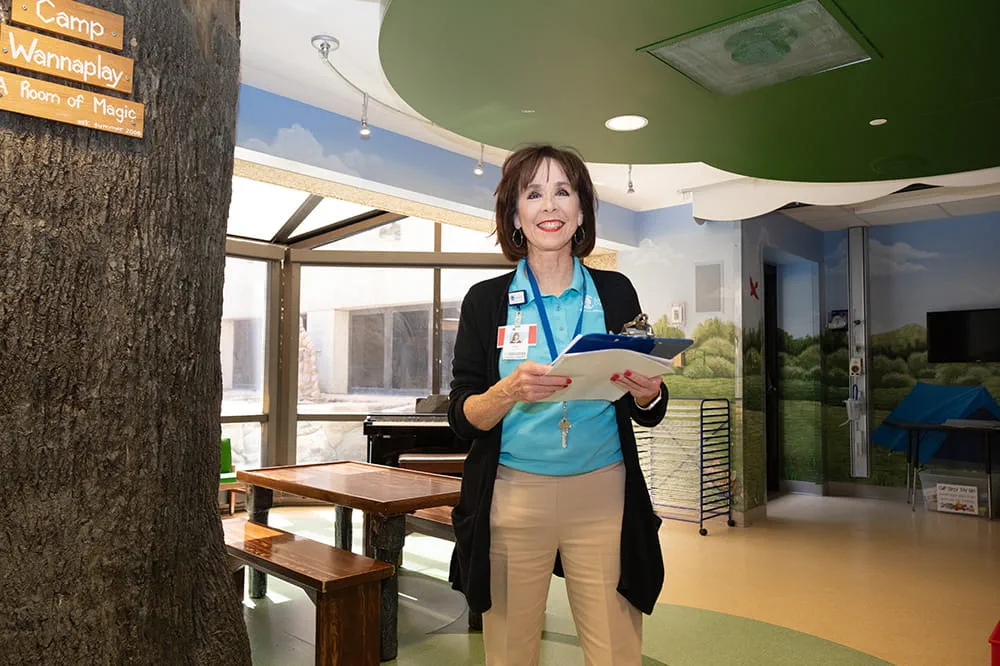
Become a volunteer at Arkansas Children's.
The gift of time is one of the most precious gifts you can give. You can make a difference in the life of a sick child.
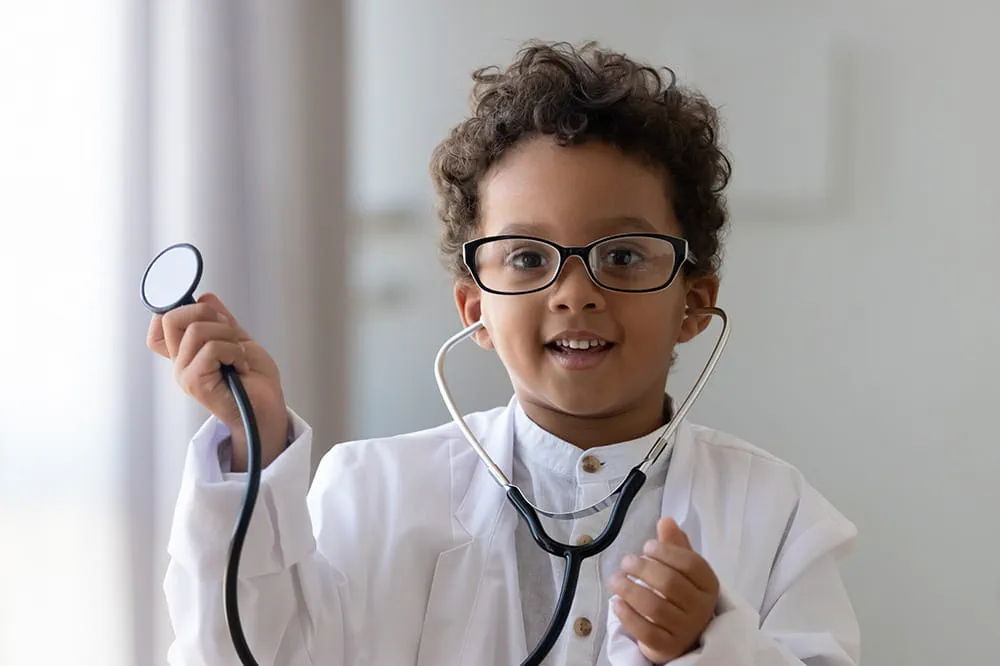
Join our Grassroots Organization
Support and participate in this advocacy effort on behalf of Arkansas’ youth and our organization.

Learn How We Transform Discovery to Care
Scientific discoveries lead us to new and better ways to care for children.

Learn How We Transform Discovery to Care
Scientific discoveries lead us to new and better ways to care for children.

Learn How We Transform Discovery to Care
Scientific discoveries lead us to new and better ways to care for children.

Learn How We Transform Discovery to Care
Scientific discoveries lead us to new and better ways to care for children.

Learn How We Transform Discovery to Care
Scientific discoveries lead us to new and better ways to care for children.

Learn How We Transform Discovery to Care
Scientific discoveries lead us to new and better ways to care for children.
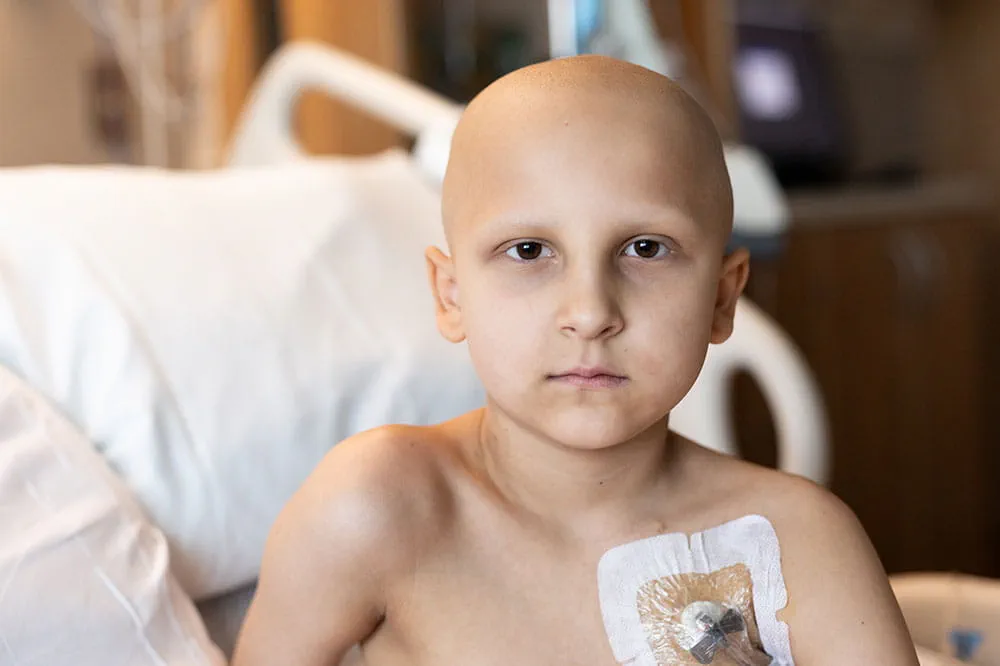
When you give to Arkansas Children’s, you help deliver on our promise of a better today and a healthier tomorrow for the children of Arkansas and beyond.
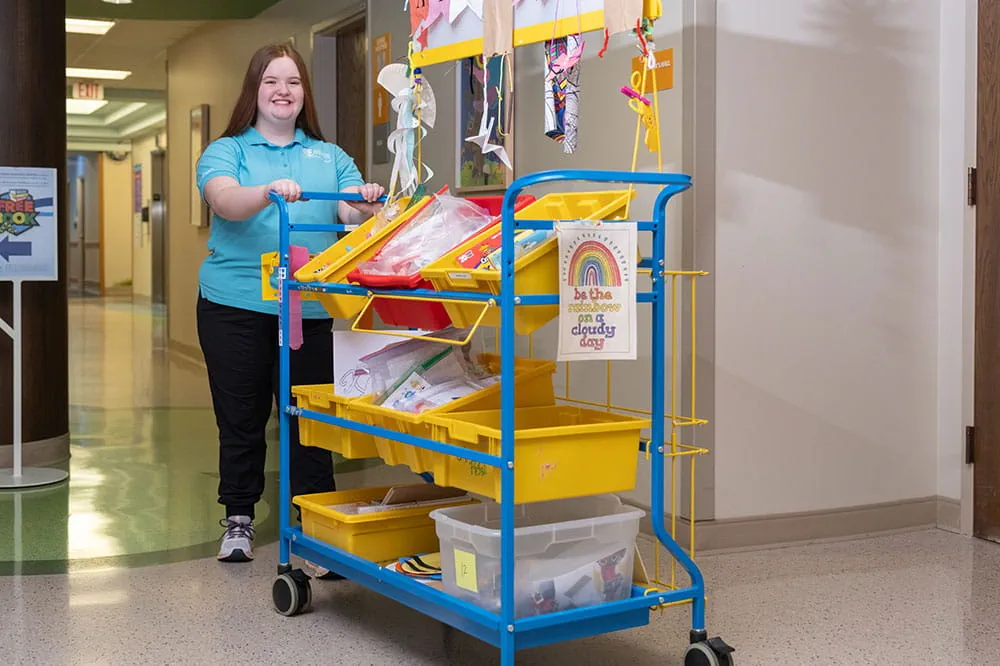
Your volunteer efforts are very important to Arkansas Children's. Consider additional ways to help our patients and families.
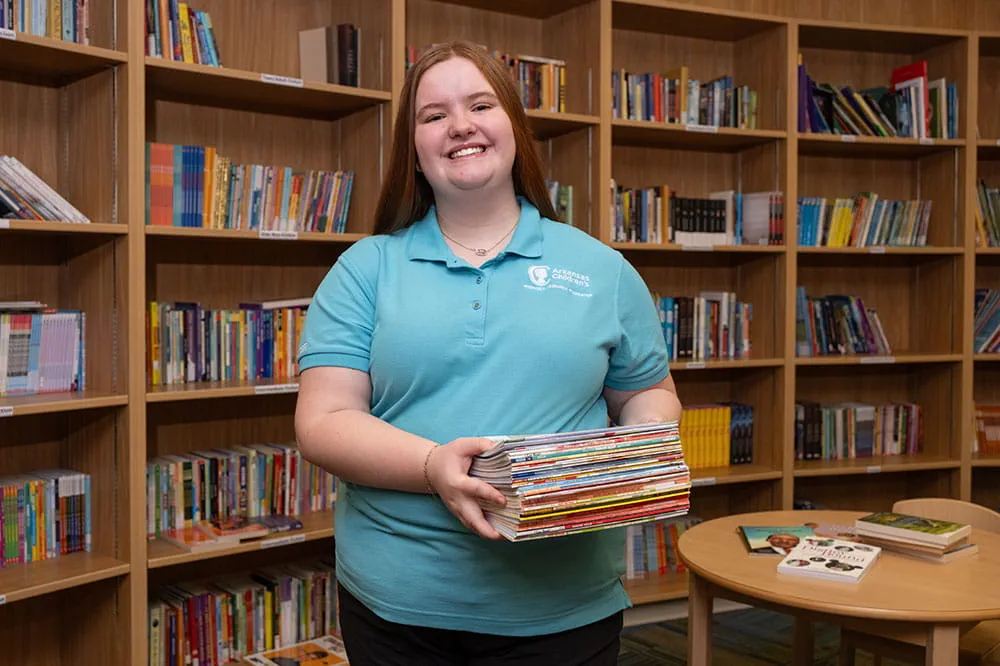
Join one of our volunteer groups.
There are many ways to get involved to champion children statewide.

Make a positive impact on children through philanthropy.
The generosity of our supporters allows Arkansas Children's to deliver on our promise of making children better today and a healthier tomorrow.
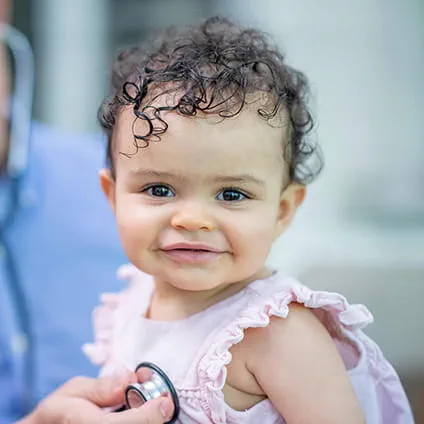
Read and watch heart-warming, inspirational stories from the patients of Arkansas Children’s.
Hello.
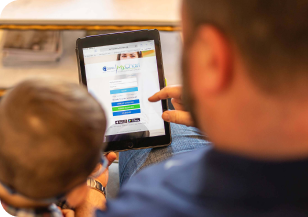
Arkansas Children's Hospital
General Information 501-364-1100
Arkansas Children's Northwest
General Information 479-725-6800

Pulmonary Hypertension
What is pulmonary hypertension?
Pulmonary hypertension is high blood pressure in the arteries inside the lungs. This makes it harder for the right side of the heart to pump blood into the lungs. Over time, this can cause the right side of the heart to become enlarged and lead to heart failure.
There are several types of pulmonary hypertension, and they are grouped by the cause of the disease.
What are the signs and symptoms pulmonary hypertension?
Symptoms of pulmonary hypertension in children may include:
- Shortness of breath
- Rapid heart rate
- Dizziness
- Fainting
- Swelling in the hands or legs
What causes pulmonary hypertension?
There are five major types, called groups, of pulmonary hypertension, based on the cause of the disease:
Group 1: Pulmonary arterial hypertension. This type occurs when the arteries in the lungs become narrow or thickened. It can be caused by another heart or lung disease, or can have no apparent cause.
Group 2: This type of pulmonary hypertension is caused when the left side of the heart is failing. This causes blood flow to back up, leading to increased pressure in the lungs. It can be caused by several types of heart disease, including mitral stenosis, cardiomyopathy and pulmonary vein stenosis.
Group 3: This type of pulmonary hypertension is caused by lung disease, such as interstitial lung disease, sleep apnea and cystic fibrosis.
Group 4: This type is caused by blood clots in the lungs.
Group 5: This group includes all other causes of pulmonary hypertension.
How is pulmonary hypertension treated?
There is no cure for pulmonary hypertension. Treatment will focus on relieving symptoms and slowing the course of the disease. The treatment your child receives will depend on their symptoms and specific type of disease and whether they have another heart or lung disease. Your pediatric pulmonology and cardiology teams at Arkansas Children's are experienced in treating pulmonary hypertension in children and will work with you to determine the best course of treatment for your child. Some options may include:
- Oxygen to help with breathing and relax blood vessels in the lungs
- Medications to help relax the blood vessels in the lungs, reduce clotting, or reduce the amount of fluid in the body
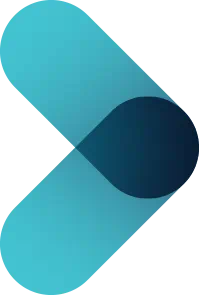
Appointments
New and existing patients can visit our appointment hub for several ways to request an appointment, including online scheduling for many services.
Request an appointment
